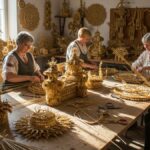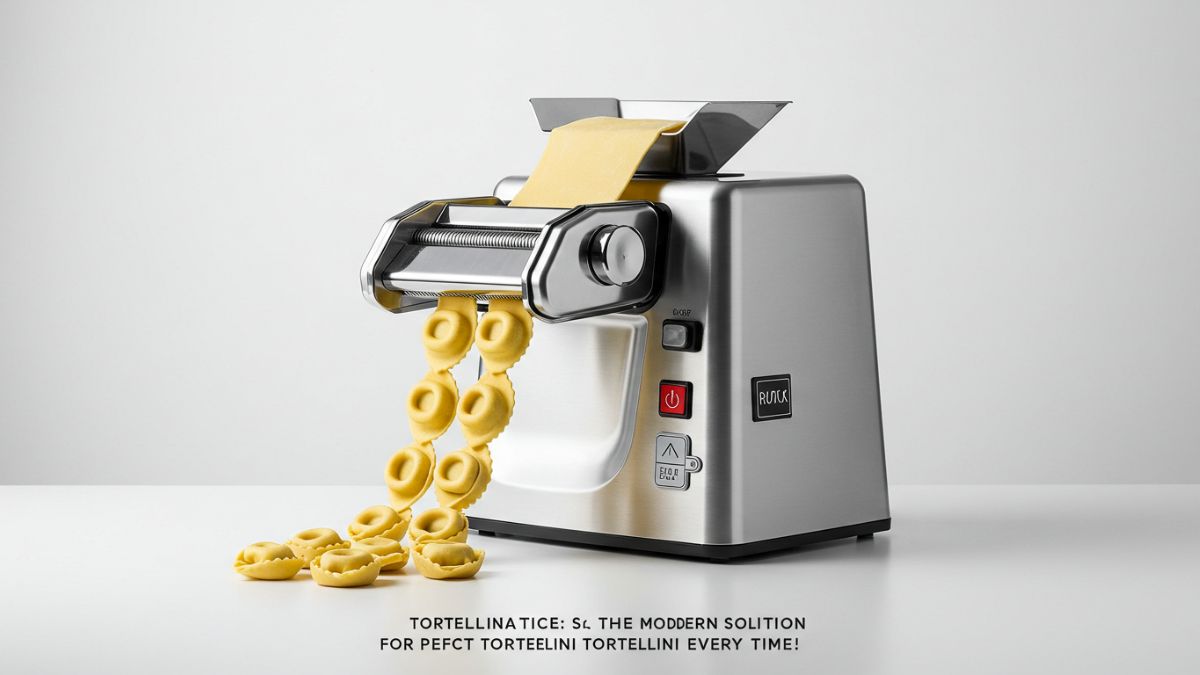In the realm of traditional European folk art, sodziu stands as a unique testament to Lithuania’s cultural roots. This delicate straw-based craft, filled with geometric precision and symbolic meaning, continues to enchant admirers across generations. Though seemingly simple in form, sodzius carries a profound historical and spiritual essence, reminding us of a time when artistry and daily life were deeply intertwined.
The Origins of Sodziu
The word sodziu is derived from the Lithuanian word sodas, which translates to “garden.” Traditionally, sodzius refers to straw mobiles made by hand, often shaped into symmetrical polyhedrons. These hanging ornaments were originally created as blessings for the home, thought to bring harmony, balance, and fertility.
Sodzius was most commonly crafted during important life events such as weddings, christenings, and seasonal holidays. It wasn’t just decoration — it was a sacred item placed above the dining table, in corners of rooms, or even above a baby’s cradle to offer protection and peace.
Crafting Sodziu: A Sacred Artform
Creating a sodziu requires both patience and skill. Traditionally, artisans use rye straw that’s been carefully harvested, dried, and prepared. The straw must be straight, smooth, and hollow to allow for threading and alignment. Thread, typically made from cotton or linen, is used to assemble the pieces into balanced, three-dimensional structures.
The process starts by cutting equal-sized straw pieces, then threading them together to form shapes like cubes, pyramids, and stars. These shapes are then layered into larger, more intricate frameworks. Every component of a sodzius follows strict rules of symmetry and proportion, turning each piece into a small architectural marvel.
While the materials are humble, the design and symbolism make sodzius deeply meaningful. It serves as a physical and spiritual representation of order, unity, and nature’s cycles.
The Symbolism Behind Sodziu
Sodziu is rich in cultural meaning. Every line, angle, and point within the structure reflects the Lithuanian view of harmony between humans and the natural world. In a way, it can be compared to mandalas or sacred geometry from other cultures.
The balanced form of sodzius mirrors cosmic order — the idea that all things are connected. It also expresses gratitude for nature’s gifts, especially the grain that sustains life. This symbolic aspect made sodzius an important part of rituals and festivals. Whether hung during solstice celebrations or given as a wedding gift, sodzius always symbolized blessing and abundance.
Sodziu in Lithuanian Celebrations
Sodziu was especially popular during traditional Lithuanian festivals. During the winter solstice and spring planting season, families would decorate their homes with sodzius to attract good luck and a bountiful harvest. It was also commonly made for weddings, with elaborate versions symbolizing the union of two souls and the start of a fruitful life together.
In some regions, creating sodzius was considered a rite of passage. Young girls would learn the art from their mothers or grandmothers, keeping the knowledge alive across generations. These traditions helped maintain cultural identity during times of upheaval, especially under foreign rule or political oppression.
The Modern Revival of Sodziu
While sodziu nearly disappeared in the 20th century due to urbanization and Soviet cultural suppression, it has seen a revival in recent decades. Artists, historians, and educators have brought renewed attention to this folk tradition, recognizing it as a vital part of Lithuania’s heritage.
Today, sodzius is taught in schools, featured in craft festivals, and shared across social media platforms. Museums host exhibitions that explore its history and technique, while artisans experiment with modern materials like wire and recycled paper to reinvent sodzius for contemporary audiences.
Despite these changes, traditional straw-based sodzius remains the gold standard among purists, who see it as a link to ancestral wisdom.
Sodziu as a Meditative Practice
Beyond its visual beauty, sodziu offers therapeutic value. The careful process of measuring, threading, and assembling each straw segment fosters mindfulness. As modern life becomes more fast-paced and digital, many people find peace in returning to hands-on, tactile forms of creativity like sodzius.
Workshops dedicated to this craft emphasize its calming effects. Participants often describe the experience as grounding and spiritually uplifting — a way to disconnect from stress and reconnect with inner balance.
Eco-Friendly and Sustainable Art
In a world where sustainability is becoming more important, sodziu offers a perfect example of eco-conscious art. It uses natural, biodegradable materials — no plastics or chemicals involved. This makes sodzius not only beautiful but environmentally responsible.
This aspect has helped sodzius attract younger generations who care deeply about sustainability. Many see it as a way to practice zero-waste crafting while honoring a timeless art form.
Teaching Sodziu to Future Generations
The future of sodziu depends on education and awareness. Fortunately, there’s a growing movement in Lithuania and beyond to teach the next generation how to create this delicate art. Schools and cultural institutions have integrated sodziu-making into their curricula, blending creativity with cultural studies.
Online resources like tutorials, virtual workshops, and digital templates have also made it easier for people around the world to learn the craft. These platforms help keep sodzius alive, evolving, and relevant in a digital age.
Why Sodziu Matters Today
Sodziu is more than just a craft — it’s a bridge between the past and the present. It represents resilience, creativity, and a deep respect for the natural world. In an era dominated by mass production and technology, sodzius reminds us of the value of handmade art and the stories behind it.
Whether you are Lithuanian or simply someone fascinated by folk traditions, learning about sodzius can open your eyes to the ways art, nature, and spirit are intertwined. It invites us to reflect on balance, sustainability, and the meaning of beauty in our everyday lives.
Final Thoughts
Sodziu stands as a shining example of how cultural traditions can endure and evolve. With its deep symbolism, precise geometry, and eco-friendly essence, sodzius offers something for everyone — from artists and crafters to spiritual seekers and cultural historians.
As interest in handmade, meaningful crafts continues to rise, sodzius has found its rightful place as a living tradition. Whether you’re admiring one hanging in a museum or creating your own with a handful of straw and thread, you’re participating in a centuries-old story of creativity, harmony, and heritage.











